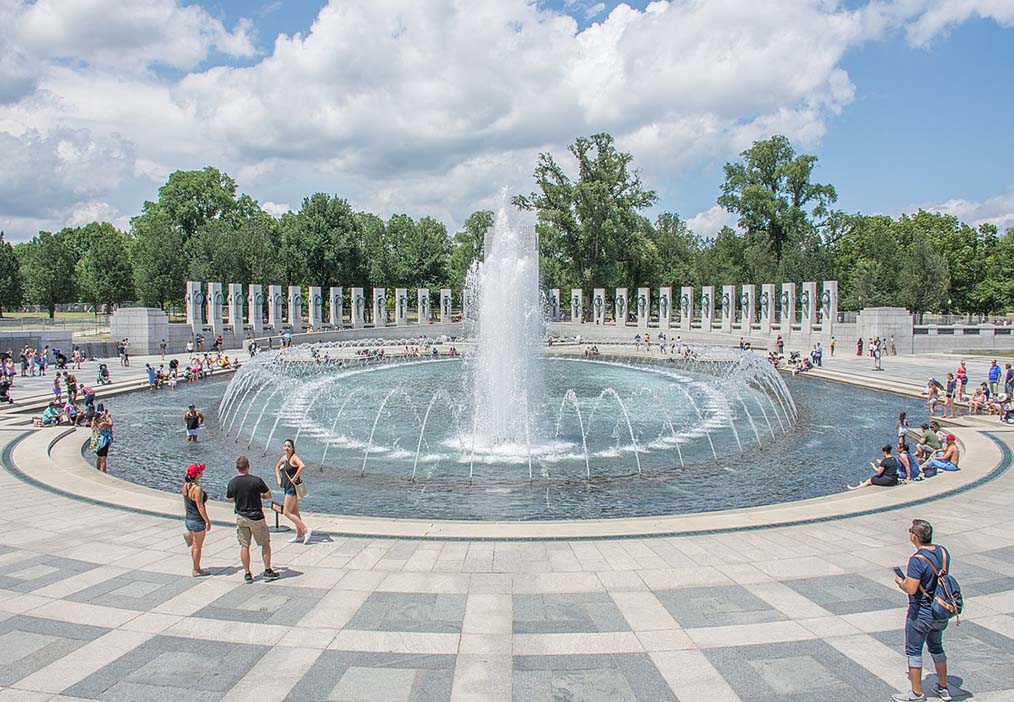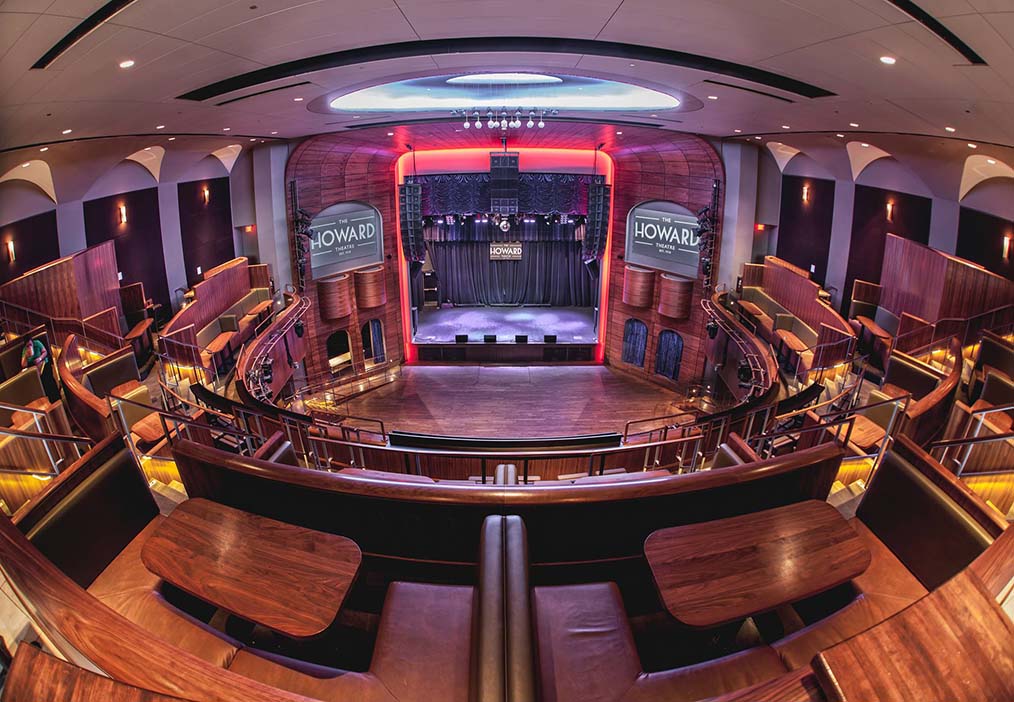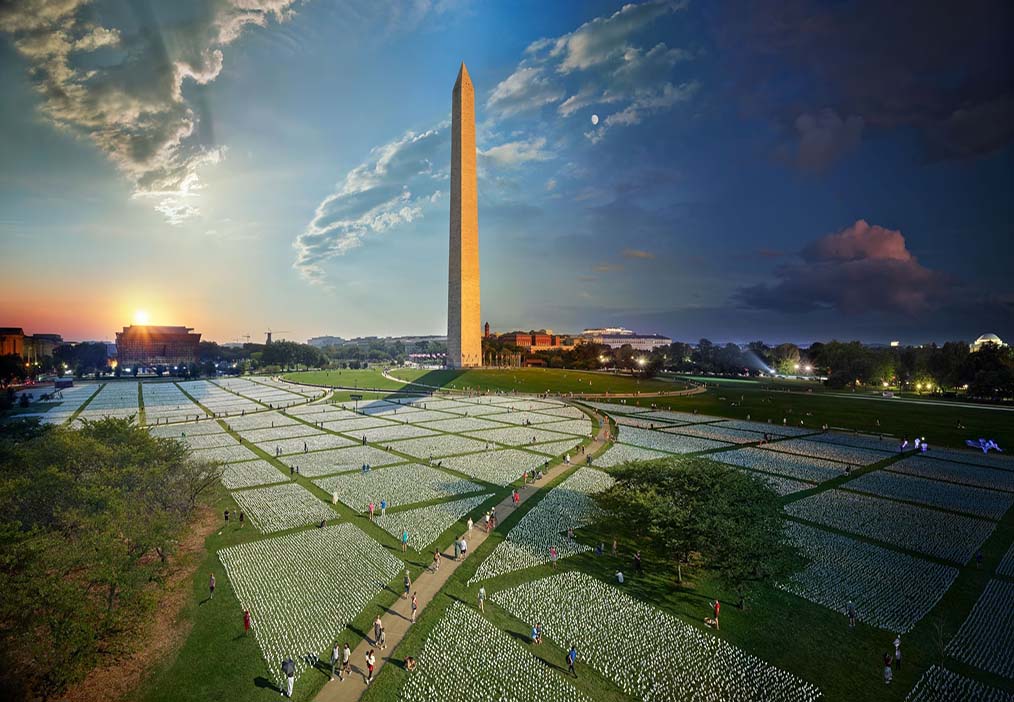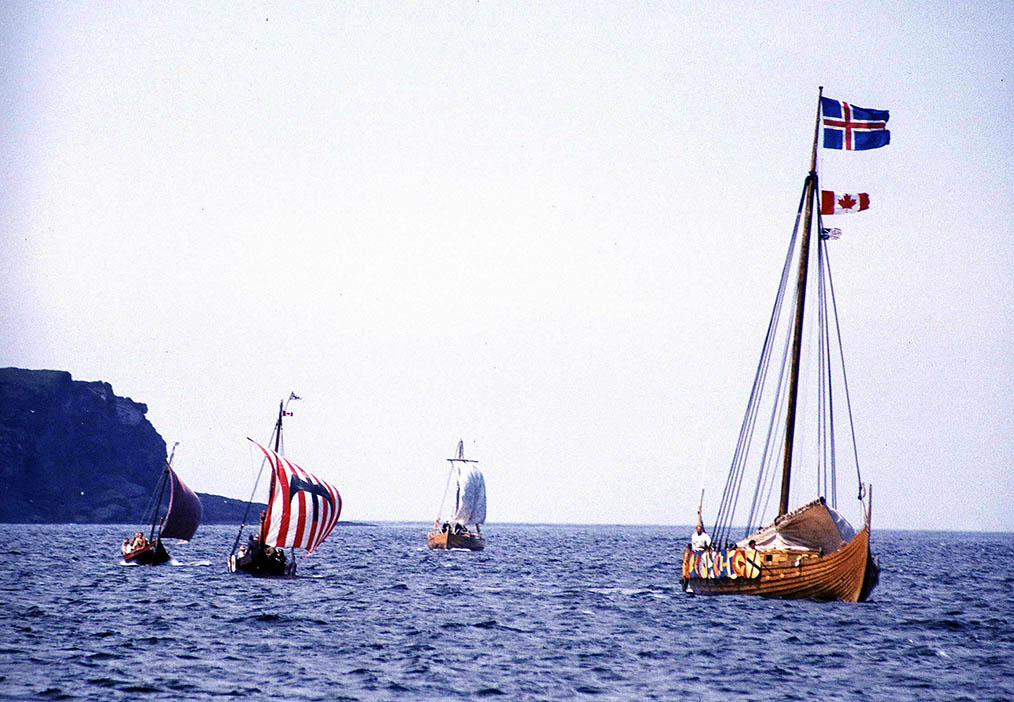Washington, D.C., the capital of the United States, is a city where history and modernity intersect in the most captivating ways. From its iconic monuments and historic landmarks to its vibrant neighborhoods and cutting-edge museums, the city offers an unparalleled journey through time and culture.
1. The National Mall: A Historic Heartbeat
The National Mall is undoubtedly the centerpiece of Washington, D.C., embodying the city’s rich history and offering a grand introduction to its landmarks. This expansive park stretches from the U.S. Capitol to the Lincoln Memorial, lined with significant monuments and museums that tell the story of the nation.
A. Lincoln Memorial
At the western end of the National Mall stands the majestic Lincoln Memorial, an architectural marvel dedicated to the 16th President of the United States, Abraham Lincoln. Designed by architect Henry Bacon, the memorial’s neoclassical style and towering statue of Lincoln symbolize the enduring legacy of this pivotal leader. Visiting the Lincoln Memorial at sunset provides a particularly poignant experience as the evening light casts a golden hue on the iconic structure.
B. Washington Monument
The Washington Monument, an obelisk that reaches 555 feet into the sky, is a testament to the grandeur of American history. It honors George Washington, the nation’s first president. Visitors can take an elevator ride to the top for panoramic views of the city and beyond. The monument’s stark white marble contrasts beautifully with the surrounding greenery, and its historical significance is deeply felt as you stand at the base of this monumental structure.
C. World War II Memorial

Located between the Lincoln Memorial and the Washington Monument, the World War II Memorial is a striking tribute to the American soldiers who served during World War II. The circular plaza features 56 pillars representing each U.S. state and territory, along with bronze panels depicting scenes from the war. The serene fountains and reflective pool create a space for contemplation and honor.
D. Smithsonian Museums
The Smithsonian Institution operates several museums along the National Mall, each offering a unique glimpse into American history, art, and culture. Highlights include:
- National Museum of American History: Home to iconic artifacts such as the First Ladies’ Inaugural Gowns and the original Star-Spangled Banner, this museum provides an engaging look at the nation’s past.
- National Air and Space Museum: A must-visit for aviation and space enthusiasts, this museum houses the largest collection of historic aircraft and spacecraft in the world.
- National Museum of Natural History: From the Hope Diamond to the giant squid, this museum offers fascinating exhibits on the natural world.
2. Capitol Hill: Political Power and Historic Charm
Capitol Hill is where the legislative heart of the United States beats, and it is also home to some of the city’s most notable landmarks.
A. U.S. Capitol
The U.S. Capitol, with its iconic dome and neoclassical architecture, is the seat of the American Congress. A tour of the Capitol provides insight into the workings of the U.S. government and the history of American democracy. The Capitol Visitor Center offers interactive exhibits and educational resources that enhance the experience.
B. Library of Congress
Adjacent to the Capitol, the Library of Congress is the largest library in the world and an architectural gem. Its Jefferson Building features stunning interiors with ornate murals, intricate mosaics, and a magnificent reading room. The library’s collections are vast, including rare manuscripts and historical documents.
C. Supreme Court
The Supreme Court building, located across from the Capitol, is where the highest court in the United States meets to interpret the Constitution. Although public access to the courtroom is limited, visitors can explore the building’s impressive exterior and learn about the judicial process through exhibits in the building’s main hall.
3. Georgetown: Historic Charm Meets Modern Sophistication
Georgetown is one of Washington, D.C.’s most charming neighborhoods, known for its historic architecture, upscale shopping, and vibrant dining scene.
A. Georgetown University
Founded in 1789, Georgetown University is one of the oldest universities in the United States. The campus features beautiful historic buildings, including the iconic Healy Hall, which is a National Historic Landmark. A stroll through the campus offers a blend of history and picturesque views.
B. M Street and Wisconsin Avenue
These bustling streets are the heart of Georgetown’s shopping and dining scene. M Street is lined with high-end boutiques, charming cafes, and historic row houses. Wisconsin Avenue offers a mix of upscale retailers and trendy restaurants. It’s the perfect place for a leisurely afternoon of shopping and dining.
C. Georgetown Waterfront
The Georgetown Waterfront Park offers stunning views of the Potomac River and is an excellent spot for a leisurely walk or a scenic bike ride. The area features parks, piers, and outdoor cafes, making it a great place to relax and enjoy the riverfront scenery.
4. Dupont Circle and Adams Morgan: Cultural and Culinary Hotspots
Dupont Circle and Adams Morgan are two vibrant neighborhoods that showcase Washington, D.C.’s cultural diversity and culinary prowess.
A. Dupont Circle
Dupont Circle is known for its elegant historic homes, cultural institutions, and bustling community atmosphere. The circle itself is a traffic roundabout with a beautiful fountain at its center. Nearby, you’ll find the Phillips Collection, an impressive art museum that houses a remarkable collection of modern and contemporary art.
B. Adams Morgan
Adams Morgan is a culturally diverse neighborhood with a lively nightlife and a rich array of international cuisine. The area is known for its eclectic mix of restaurants, bars, and live music venues. Explore 18th Street NW for a taste of the neighborhood’s vibrant and multicultural atmosphere.
5. The Wharf and Southwest Waterfront: Modern Development Meets Maritime Heritage
The Wharf and Southwest Waterfront have undergone significant redevelopment in recent years, blending modern development with the area’s maritime history.
A. The Wharf
The Wharf is a revitalized waterfront district that features a mix of residential, commercial, and recreational spaces. The area boasts a lively boardwalk, a marina, and numerous dining options with views of the water. Events and festivals frequently take place here, making it a dynamic spot to explore.
B. National Museum of African American History and Culture
While located closer to the National Mall, the National Museum of African American History and Culture, situated near the new Wharf development, deserves special mention. This museum offers a powerful and comprehensive look at African American history and culture, with exhibits that range from the era of slavery to contemporary contributions to American society.
6. U Street Corridor: Music, Culture, and History
The U Street Corridor is a historic neighborhood known for its vibrant cultural scene and musical heritage.
A. The Howard Theatre

The Howard Theatre, a historic venue that dates back to 1910, is a landmark in African American cultural history. It has hosted performances by legendary artists such as Duke Ellington and Ella Fitzgerald. Today, it continues to offer live music and theatrical performances in a beautifully restored setting.
B. Ben’s Chili Bowl
A visit to the U Street Corridor wouldn’t be complete without a stop at Ben’s Chili Bowl, a local institution known for its famous half-smokes and chili. Established in 1958, Ben’s Chili Bowl is a beloved eatery that reflects the rich cultural and historical tapestry of the neighborhood.
7. National Gallery of Art: A Treasure Trove of Masterpieces
The National Gallery of Art, located on the National Mall, is home to an extensive collection of artworks spanning centuries and styles.
A. West Building
The West Building houses an impressive collection of European art, including masterpieces by artists such as Leonardo da Vinci, Rembrandt, and Vermeer. The collection ranges from the Middle Ages to the 1800s, offering a comprehensive look at European artistic achievements.
B. East Building
The East Building is dedicated to modern and contemporary art, featuring works by artists such as Pablo Picasso, Jackson Pollock, and Andy Warhol. The building itself is an architectural marvel, designed by I. M. Pei, and offers a striking contrast to the classic architecture of the West Building.
Washington, D.C. is a city where the past and present coexist in a harmonious and captivating way. From the historical grandeur of the National Mall and Capitol Hill to the modern vibrancy of Georgetown and The Wharf, the city offers a rich tapestry of experiences that showcase its diverse heritage and dynamic culture. Each neighborhood and landmark tells a unique story, contributing to the overall mosaic of the nation’s capital.
As you explore Washington, D.C., take the time to savor the blend of history and modernity that defines the city. Whether you’re marveling at the monuments, delving into the city’s cultural neighborhoods, or enjoying its world-class museums, Washington, D.C. promises a memorable and enriching journey. Embrace the city’s diverse offerings and let its historical and contemporary allure captivate your senses. Happy exploring!





